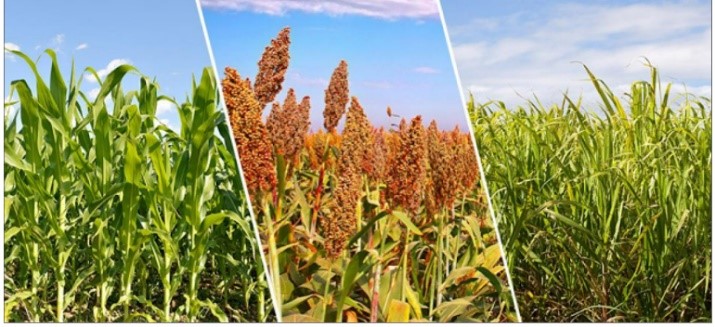Free Courses Sale ends Soon, Get It Now


Free Courses Sale ends Soon, Get It Now



Disclaimer: Copyright infringement not intended.
Context
Centre's Proposal
Farmers' Response
Significance of Crop Diversification in Punjab
Current Crop Scenario
Past Diversification Efforts
Major Producers of Proposed Crops
Pulses
Cotton
Government Procurement of Pulses and Cotton
Pulses
Cotton
CROP DIVERSIFICATION: https://www.iasgyan.in/daily-current-affairs/crop-diversification#:~:text=Crop%20diversification%20means%20growing%20more,cropping%20system%20currently%20in%20use.
MSP: https://www.iasgyan.in/daily-current-affairs/minimum-support-price-msp-19
|
Pros of Guaranteed Minimum Support Price (MSP) Income Security for Farmers: Guaranteed MSP ensures that farmers receive a minimum price for their crops, providing them with income security. Price Stability: MSP helps in maintaining price stability in the market by setting a floor price for agricultural commodities. Agricultural Growth: It encourages farmers to invest in agricultural practices, leading to increased production and agricultural growth. Social Welfare: Ensures food security for the country by incentivizing farmers to grow essential crops. Rural Development: MSP contributes to rural development by ensuring a stable income for farmers, which in turn boosts rural economy. Cons of Guaranteed Minimum Support Price (MSP) Market Distortion: MSP can lead to market distortion by creating a price barrier that may not reflect the actual demand and supply dynamics. Budgetary Pressure: Ensuring MSP for all crops puts a strain on the government's budget, especially in years of bumper harvests. Inefficiency: It can lead to inefficiency in resource allocation as farmers may focus on crops with guaranteed MSP rather than those with higher demand or better market prices. Procurement and Storage Challenges: MSP often leads to excess production, requiring the government to procure and store the surplus, which can be logistically challenging and costly. Disparity Among Farmers: MSP benefits are not equally distributed among all farmers, leading to disparities based on crop choices and regional differences. |
|
National Agricultural Cooperative Marketing Federation of India Ltd (NAFED) The National Agricultural Cooperative Marketing Federation of India Ltd (NAFED) is an apex organization of marketing cooperatives for agricultural produce in India. Background and Establishment
Objectives
Functions and Activities
Initiatives and Achievements
Challenges
Way Forward
|
|
PRACTICE QUESTION Q. Discuss the importance of crop diversification in Indian agriculture. Examine the challenges faced in achieving successful crop diversification, with a focus on Punjab. Suggest measures to promote crop diversification and ensure sustainable agricultural practices in the country. |
© 2024 iasgyan. All right reserved